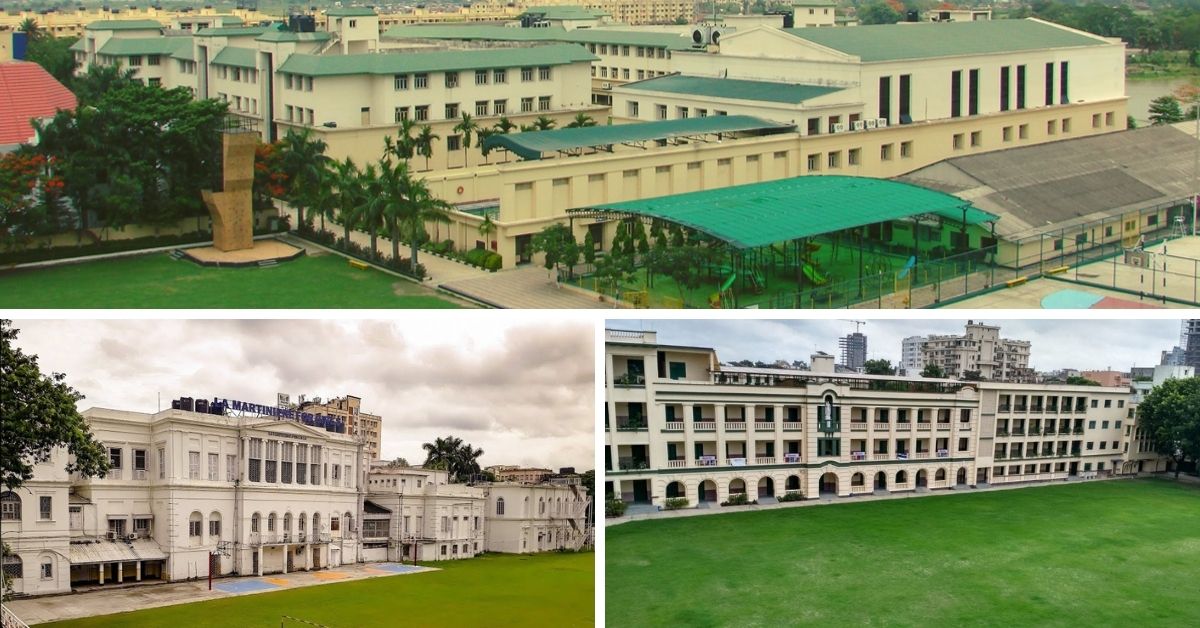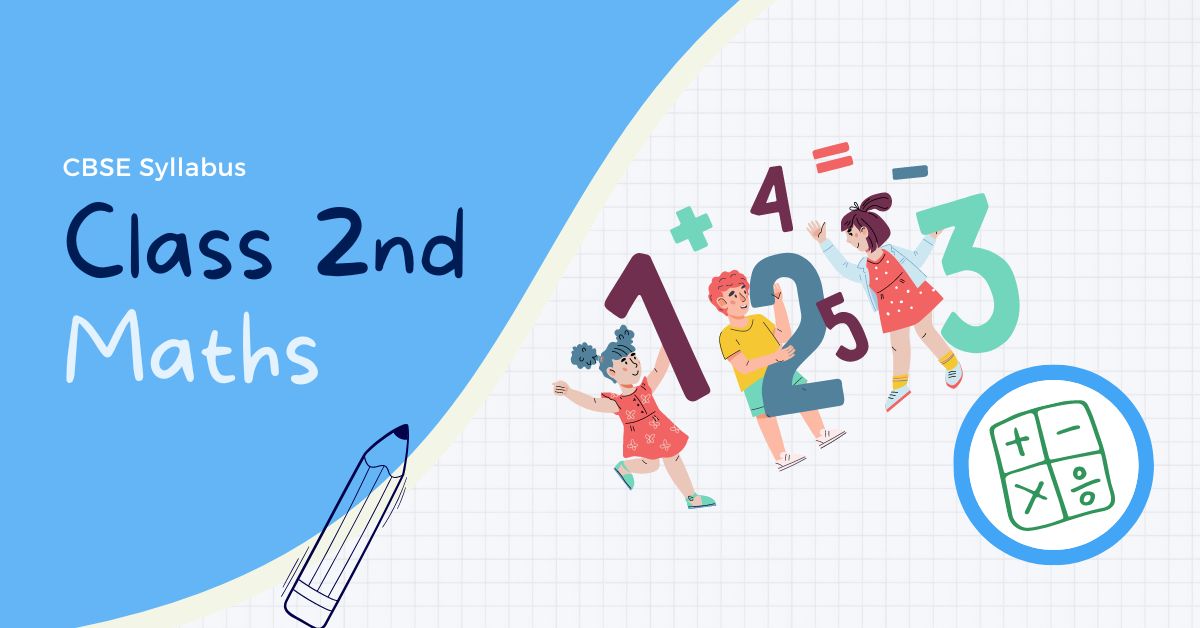The Graduate Management Admission Test (GMAT) is a standardized exam used for admission into graduate management programs, such as MBA and other business-related graduate programs. This guide provides a comprehensive overview of the GMAT exam pattern, syllabus, preparation strategies, and essential resources for aspiring candidates.
Overview of GMAT Exam
- Purpose: The GMAT is designed to assess the skills needed for success in graduate management programs.
- Importance: Understanding the structure and requirements of the GMAT is crucial for effective preparation and successful admission into top business schools worldwide.
GMAT Exam Pattern
Exam Mode:
- Computer-Based Test (CBT).
Sections:
- Analytical Writing Assessment (AWA)
- Integrated Reasoning (IR)
- Quantitative Reasoning
- Verbal Reasoning
Type of Questions:
- AWA: Essay
- IR: Multi-source reasoning, graphics interpretation, two-part analysis, and table analysis
- Quantitative: Problem-solving and data sufficiency
- Verbal: Reading comprehension, critical reasoning, and sentence correction
Medium of Exam:
- English.
Duration of Exam:
- Approximately 3.5 hours, including breaks.
Total Marks:
- Scored on a scale of 200 to 800.
Marking Scheme:
- Each section has its own scoring scale, contributing to the total score.
Detailed Question Paper Design
Analytical Writing Assessment (AWA):
- Total Questions: 1 essay
- Duration: 30 minutes
- Task: Analyze an argument and provide a critique.
Integrated Reasoning (IR):
- Total Questions: 12 questions
- Duration: 30 minutes
- Types of Questions:
- Multi-source reasoning
- Graphics interpretation
- Two-part analysis
- Table analysis
Quantitative Reasoning:
- Total Questions: 31 questions
- Duration: 62 minutes
- Types of Questions:
- Problem-solving
- Data sufficiency
Verbal Reasoning:
- Total Questions: 36 questions
- Duration: 65 minutes
- Types of Questions:
- Reading comprehension
- Critical reasoning
- Sentence correction
Syllabus for GMAT
Analytical Writing Assessment (AWA):
- Analysis of an argument.
Integrated Reasoning (IR):
- Multi-source reasoning
- Graphics interpretation
- Two-part analysis
- Table analysis
Quantitative Reasoning:
- Arithmetic: Properties of integers, fractions, decimals, and ratios
- Algebra: Linear equations, inequalities, and exponents
- Geometry: Lines, angles, triangles, circles, and polygons
- Word Problems: Percentages, ratios, and rates
Verbal Reasoning:
- Reading Comprehension: Understanding and interpreting written material
- Critical Reasoning: Evaluating arguments and formulating a plan of action
- Sentence Correction: Grammar, sentence structure, and word usage
Key Differences in Exam Patterns
- Duration: The GMAT is approximately 3.5 hours long, including breaks.
- Scoring: The total score ranges from 200 to 800, with individual section scores contributing to the total.
- Difficulty Level: The GMAT is adaptive, meaning the difficulty of questions adjusts based on the test-taker’s performance.
Preparation Strategy
- Understand the Syllabus: Start with a thorough understanding of the syllabus for each section.
- Create a Study Plan: Allocate time for each section and stick to a consistent study schedule.
- Practice Regularly: Solve previous years’ question papers and take mock tests to build confidence and improve speed.
- Focus on Weak Areas: Identify and work on areas where you are weak.
- Stay Updated: Keep yourself updated with changes in the exam pattern or syllabus, if any.
Resources
- Books: “The Official Guide for GMAT Review” by GMAC, “Manhattan Prep GMAT Strategy Guides”.
- Online Platforms: Websites like Magoosh, Kaplan, and Princeton Review offer study materials and mock tests.
- YouTube Channels: GMAT Club, Veritas Prep, and Manhattan Prep.
FAQs
1. What is the eligibility criteria for GMAT?
Answer: There are no specific eligibility criteria for GMAT. It is open to anyone interested in pursuing a graduate management program.
2. How can I apply for GMAT?
Answer: Candidates can apply online through the official GMAT website. The application involves registering, selecting a test date and location, and paying the application fee.
3. What is the application fee for GMAT?
Answer: The application fee for the GMAT is $250.
4. When is the GMAT conducted?
Answer: The GMAT is available throughout the year. Candidates can choose their preferred date and location.
5. How is the GMAT result declared?
Answer: Results are declared online on the official GMAT website. Candidates can check their results using their login credentials.
6. What happens after qualifying the GMAT?
Answer: After qualifying the exam, candidates can apply to various business schools based on their GMAT scores.
7. Are there any specific books recommended for GMAT preparation?
Answer: Yes, some recommended books are “The Official Guide for GMAT Review” by GMAC and “Manhattan Prep GMAT Strategy Guides”.
8. Is there negative marking in the GMAT?
Answer: No, there is no negative marking in the GMAT.
9. How can I improve my time management for the exam?
Answer: Practice time-bound mock tests regularly, and allocate time to each section based on your strengths and weaknesses.
10. Can I review my answers during the exam?
Answer: Yes, you can review and change your answers within the allotted time for each section.






